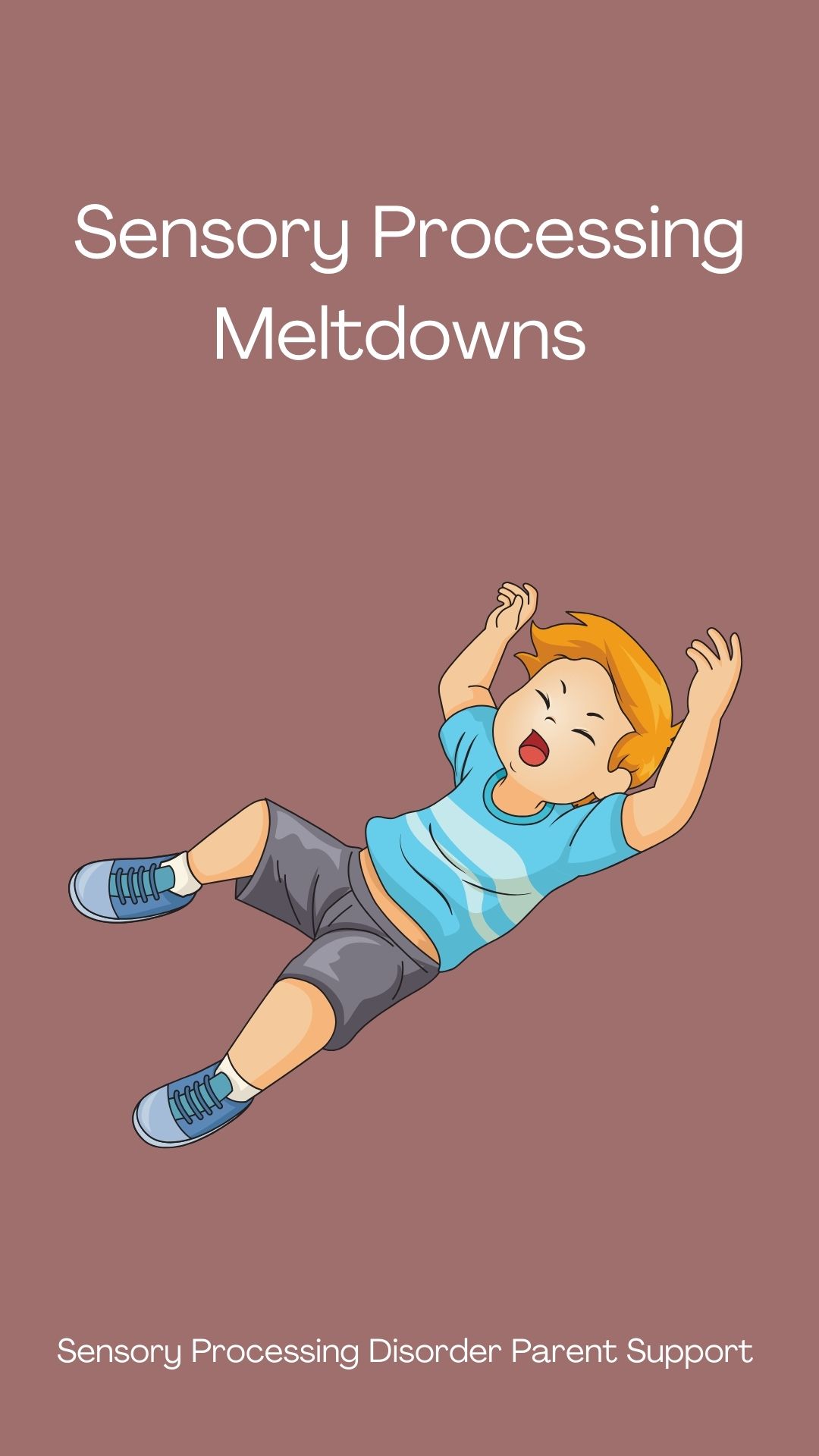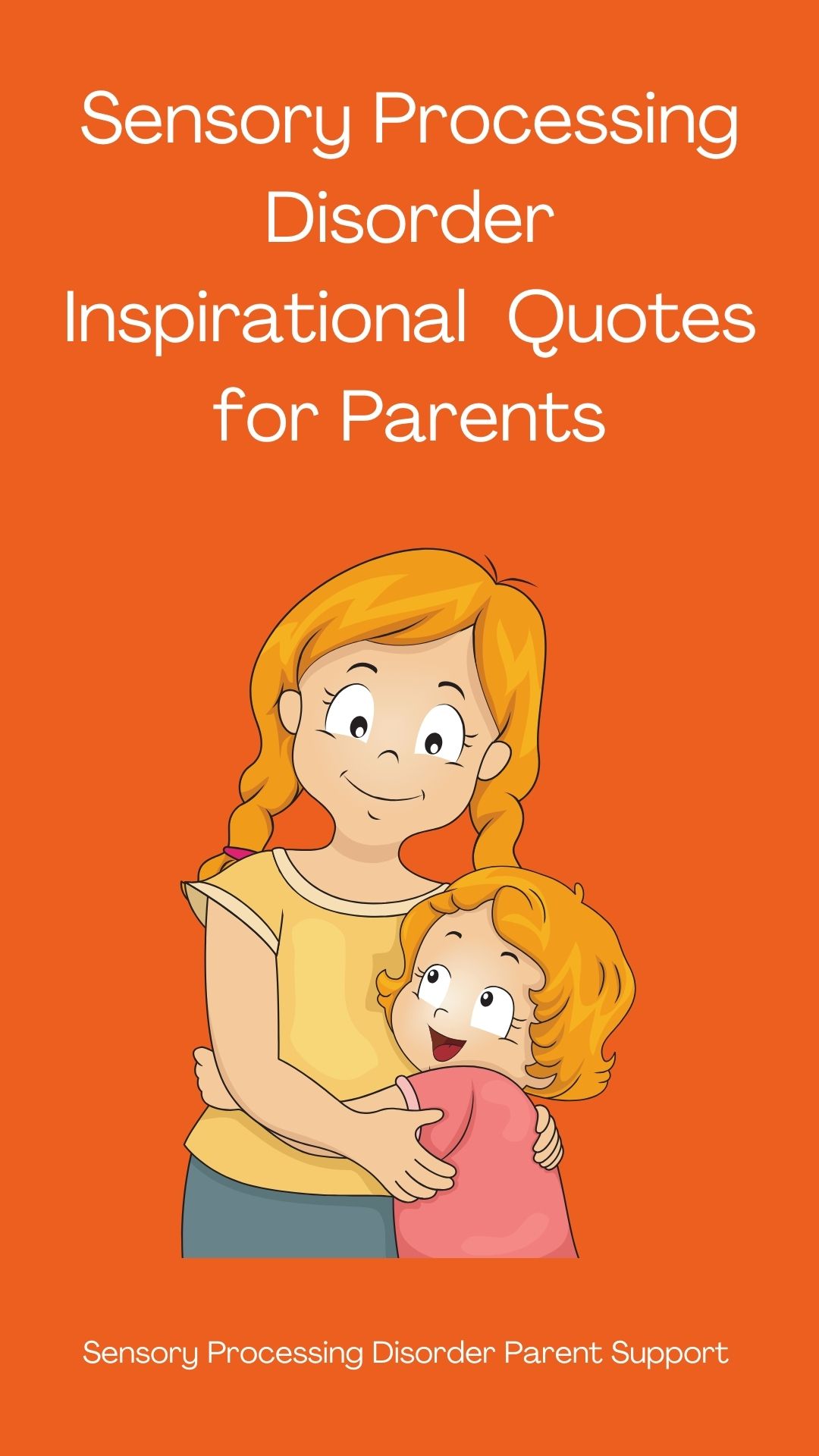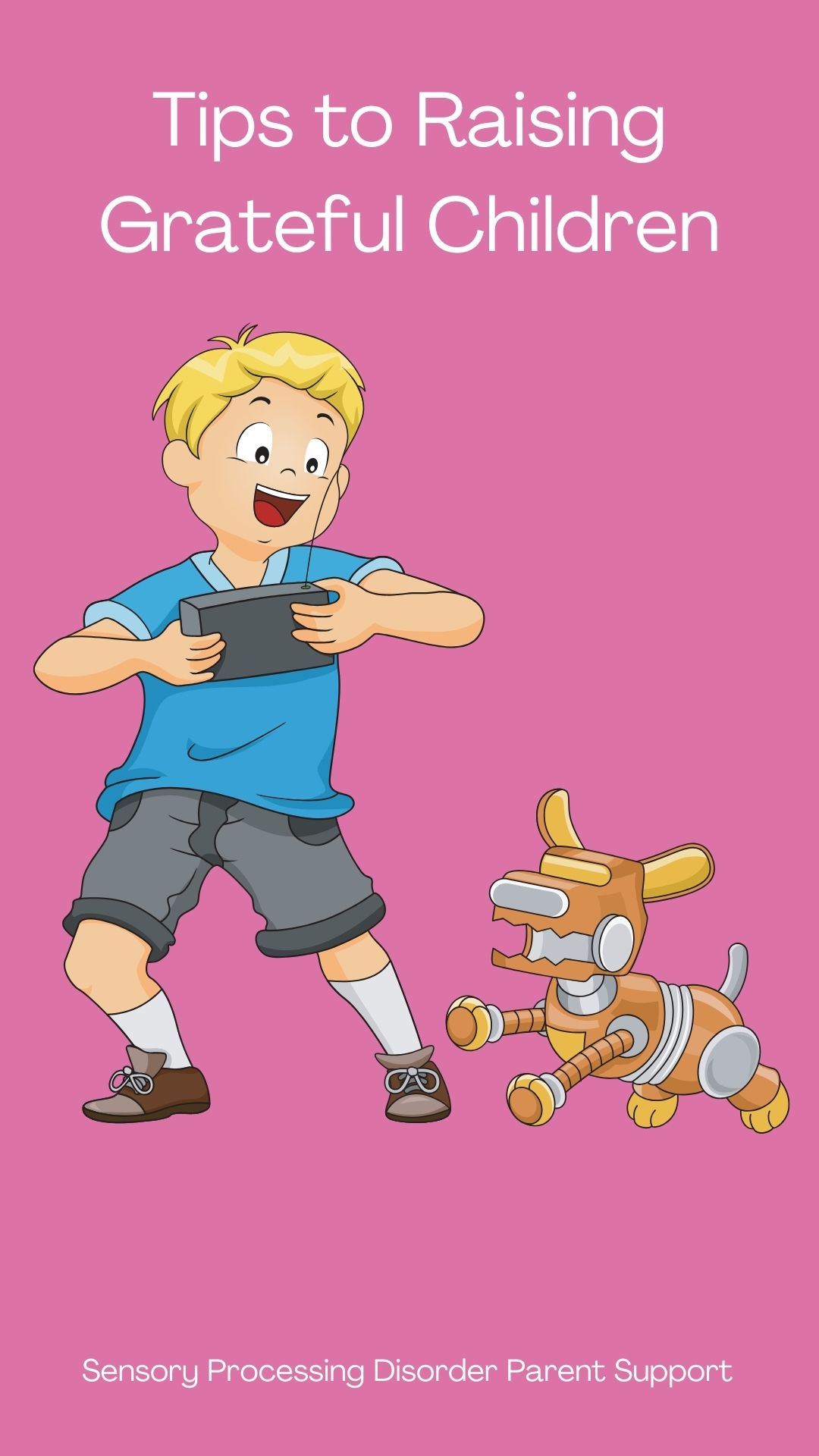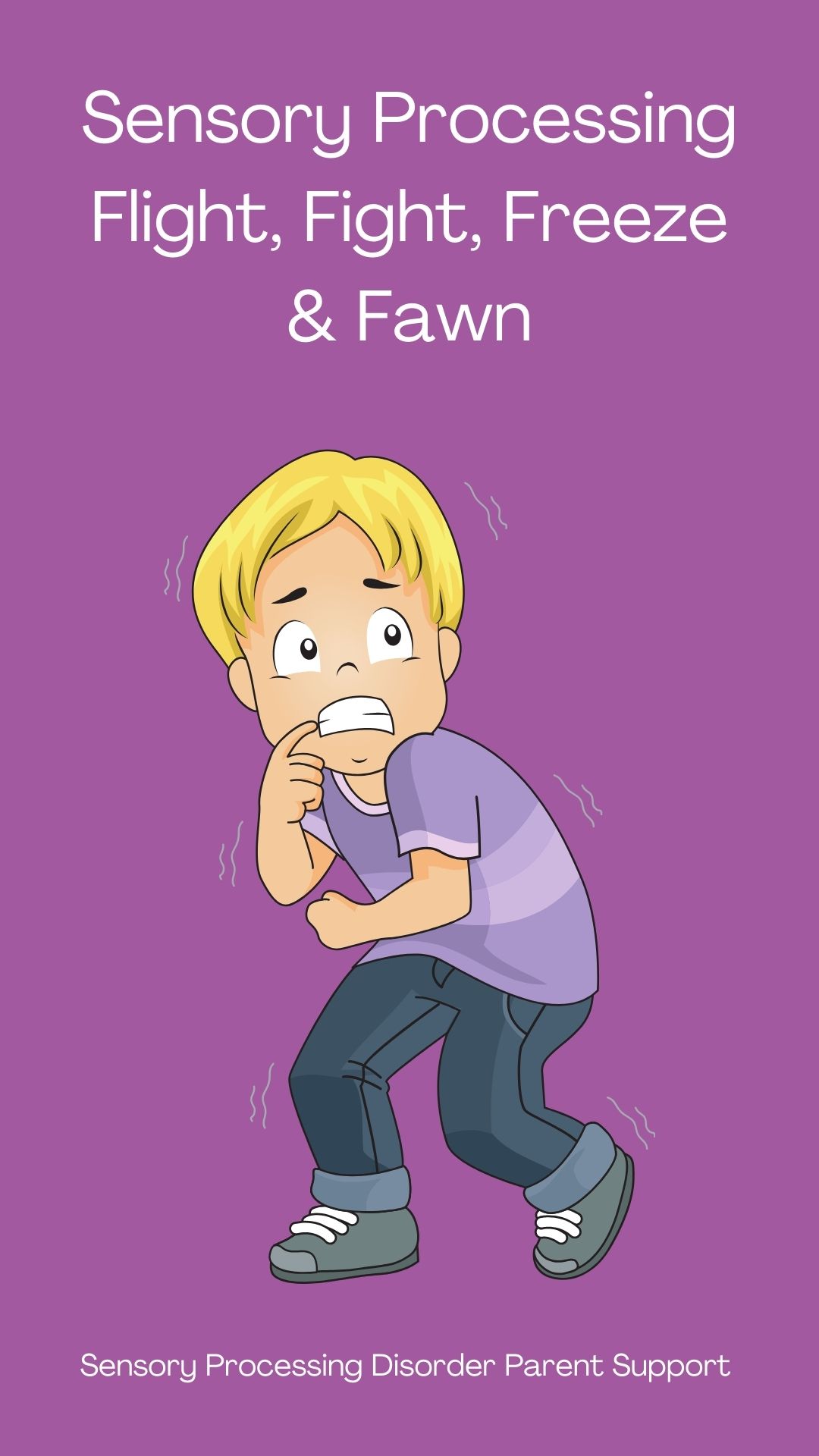
Sensory Processing Disorder Parent Support
Mindfulness Activities For Children
Children with sensory differences ... painting the world beautiful.
Mindfulness Activities For Children
Jeanette Loftus
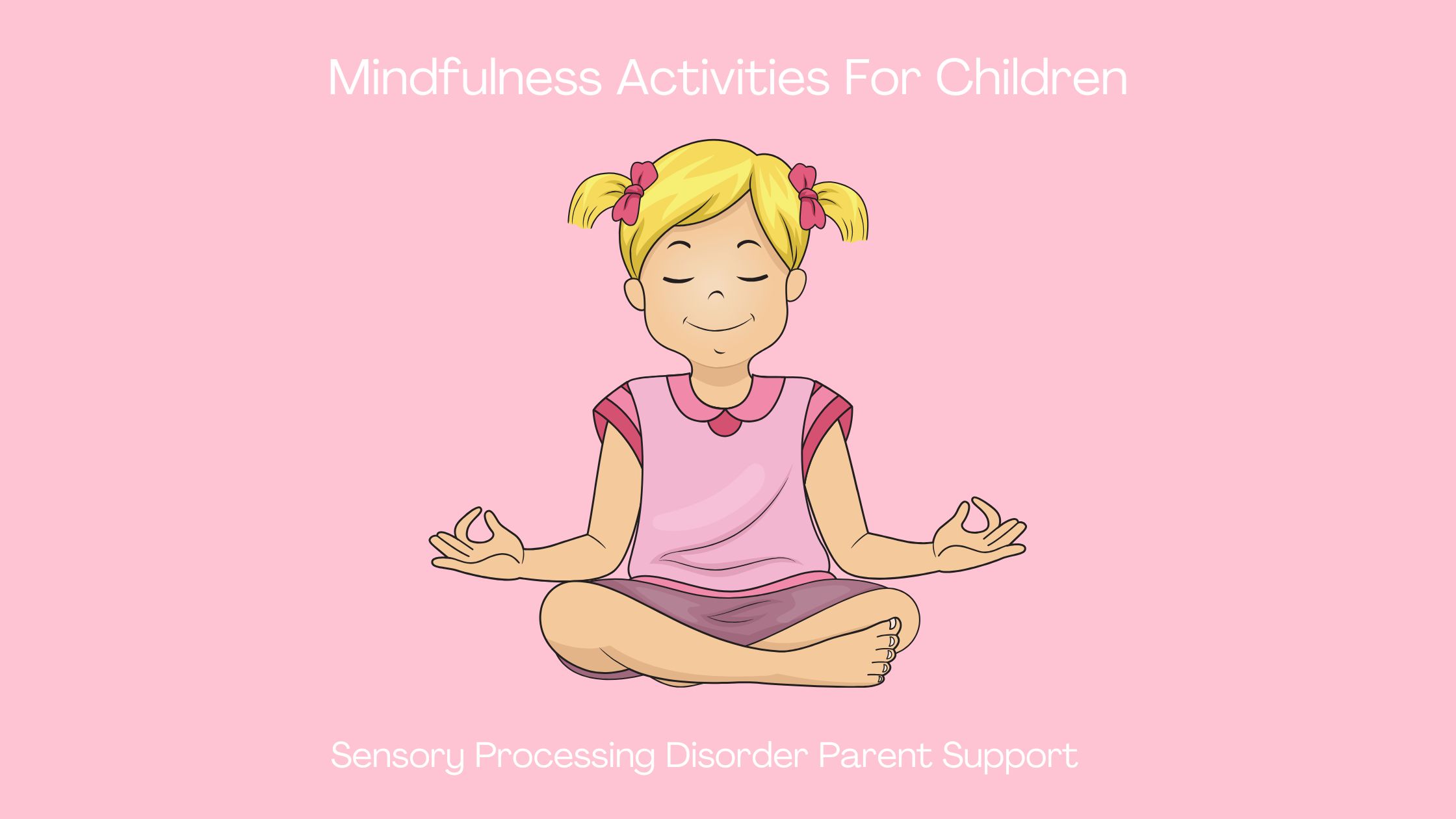
Teaching our children to be mindful, is teaching them long term life skills that will help them as they grow. These life skills will minimize their anxiety and stress, improve their focus, increase their happiness and improve their ability to cope when they find life getting too overwhelming or overstimulating.
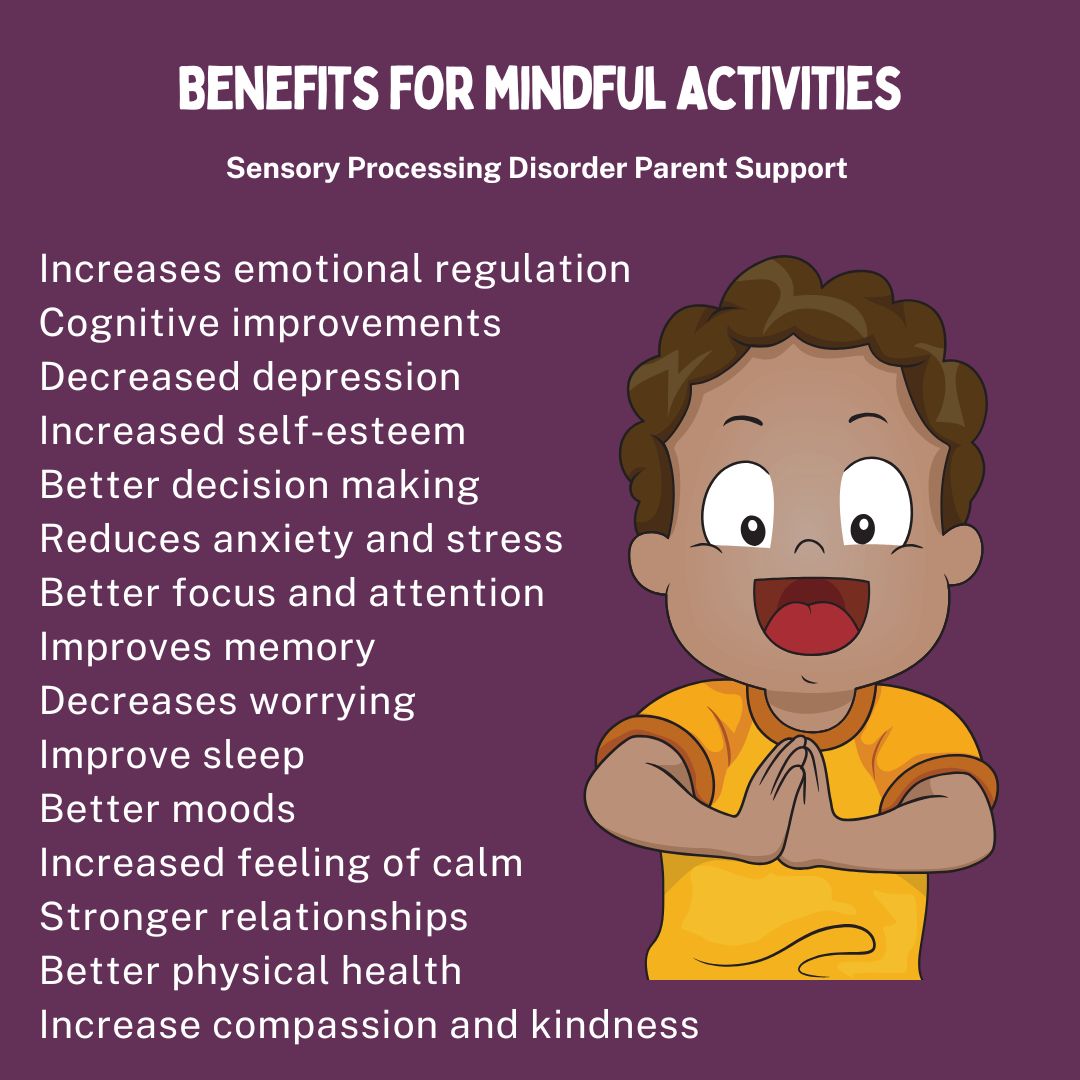
Benefits for teaching children mindful activities
- increases emotional regulation
- decreased depression
- better memory
- cognitive improvements
- stronger relationships
- better physical health
- reduces anxiety and stress
- better focus and attention
- improve sleep
- better moods
- increased self esteem
- better decision making
- improved social skills
- increased feeling of calm
- improved academic performance
- increase compassion and kindness
Being mindful is about being in the moment. Being here in your thoughts. Being engaged in a place where you are not worried about yesterday, and you are not worried about tomorrow. You are here, observing details and paying attention to what is happening now. Noticing how things taste and how they feel, or what you see with the things that are around you. When your child is being mindful, they have control.
This allows them to manage their feelings, emotions, thoughts, and the sensations coming from their bodies. Being mindful means taking our time, being calm and relaxed while doing our daily activities. Being mindful will help your child develop self-awareness and self-regulation skills.
STOP. Stop, Take a breath, Observe, and Proceed.
Mindful breathing can be done in so many different ways. You want your child to be comfortable. Practice breathing slowly, closing or opening their eyes and asking them to take notice when their chest moves when they breathe.
There is a wide variety of mindful breathing activities for children that you can practice. Here are a few ideas. Some breathing techniques your child will absolutely love, others not so much. Try a few to see which what works for your child.
13. Five Finger Breathing
14. Pinwheel Breathing
15. Rainbow Breathing
16. Volcano Breathing
17. Elephant Breathing
18. Dragon Breathing
19. Balloon Breathing
20. Bubble Breathing
21. Flower Breathing
22. Shoulder Roll Breathing
23. Fall Leaf Breathing
24. Soup Breathing
1. Feather Breathing
2. Triangle Breathing
3. Bunny Breathing
4. Mountain Breathing
5. Teddy Bear Breathing
6. Square Breathing
7. Star Breathing
8. Blow Out The Candle Breathing
9. Eight (8) Breathing
10. Whale Breathing
11. Snake Breathing
12. Bumblebee Breathing
Types of Mindful Activities for Kids
Breathing exercises are one of the most basic ways to show children mindfulness to is starting with breathing exercises. Children can practice taking slow, deep breaths, focusing their attention on the sensation of the breath entering and leaving their bodies.
Mindful body scans can help children pay attention to their bodies, from their toes to their head. This type of mindful activity can help children develop body awareness and help the, feel calm.
Mindful listening help children pay attention to sounds in their environment, without distraction. Children can practice these skills by listening to birds singing or the sound of the wind.
Practicing gratitude can really help children develop a positive mindset and increase their over all happiness. Children can write down all of the things that they are grateful for, share what they are grateful for or they can create a gratitude jar too.
Mindful movement practices like yoga can help children develop strength and their balance. This can promote self-awareness, self-regulation, relaxation, better focus and an increased feeling of calm.
Sensory Mindful Activity Ideas
Mindful eating is getting your child to pay attention to the taste, texture, and smell of food. Children can practice mindful eating by focusing on the experience of eating a strawberry or a piece of chocolate.
Mindful eating can be done during your child's snack time or their meal times too. Mindful eating can be a great way to introduce new foods to your child. I have seen people use mindful eating activities with oranges, strawberries, apples and raisins too! You can choose which foods your child is most comfortable eating.
Using the 5 senses will help your child develop new healthy eating habits.
Hear: Does it make noise? Can you hear anything when you bite it?
See: What do you see? What color or shape it is?
Feel: What does it feel like? Is it rough, squishy or soft? Is it sticky? Is it dry or wet?
Smell: Can you smell it? What does it smell like? Does it smell like any other foods?
Taste: How does it taste? Is it sweet or sour? Does it taste like any other foods you like?
Mindful eating can also help our children learn to slow down and enjoy eating especially for children who eat their food fast and a lot at once.
Mindful coloring can be a very relaxing and calming activity for children. Children can use colored pencils or markers to create patterns or pictures, focusing their attention on the movement of their hands and the colors on the page.
Taking a mindful nature walk can really help children connect with natural. Children can focus on the sensation of the ground beneath under their feet, the sound of birds singing or the smell of flowers around them.
Playing with playdough can be a calming sensory activity for children. Children can use their hands to shape and mold the playdough, focusing their attention on the texture and feel of the material.
Listening to music can be a great mindful activity for children. Children can close their eyes and focus on the sound of the music, allowing their thoughts and feelings to come and go.
Sensory calm down bottles are great tool for sensory input. These bottles work with your child's senses including auditory input, vestibular input, bodily awareness, visual awareness and are a great mindful activity.
Sensory calm down bottles is a quick way to calm down children. They help avoid meltdowns and assist children when managing emotions. Pass it to your child and ask them to give it a shake. Shaking the bottle in itself is a sensory proprioceptive input. When done they will be absolutely mesmerized, watching the glitter or items in the jar move and fall to the bottom.
Sensory calm down bottles encourages mindfulness , focus and calm for when children or adults are feeling overwhelmed and anxious. Watching them can be a perfect reset because they can be so captivating to watch.
Also known as Zen jar, mindful jar, relaxation jar, or sensory bottles. There are many themes you could use for your child's sensory bottle or you could just add some glitter to it. To make your own sensory bottle, fill it will water, dish soap, baby oil, food coloring, clear glue, hair gel or some use liquid hand soap too.
Resources For Parents
Choosing Therapy Mindfulness for Kids: How It Works & 17 Activities to Try Together
DISCLAIMER: I have learned a lot over the years but I am still learning. Always do your own research and exercise sound judgment. I am not an occupational therapist or a physician. I am an adult who has sensory processing disorder, a sensory parent and a Grandma. The information on this website is not medical advice and does not replace the information that your child's therapists or medical professionals give you. These are just ideas that I have learned myself over the years of being a parent and an adult living with SPD. If you are concerned for your child, please always seek medical attention through a family doctor, pediatrician or therapist. This website is for awareness purposes only. Each child is different and what works for one child may not for another because all children have different sensory needs. Please always consult with a medical professional. C lick on links throughout each page for more resources and information. Click here for more resources https://sensoryprocessingdisorderparentsupport.com/sensoryprocessingdisorderresources
Amazon offers a small commission on products sold through their affiliate links on my website. Each of your purchases through links on my website for Amazon affiliation links or sponsored links support me but no additional cost to you so thank you. I appreciate it so much! I am not responsible should you purchase anything from any links on this website.
Sensory Mindful Tools & Toys
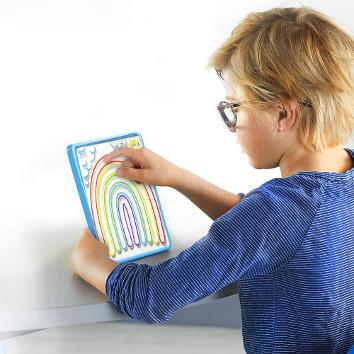
Amazon
hand2mind Mindful maze Boards

Amazon
The Little Yogi Cards For Kids
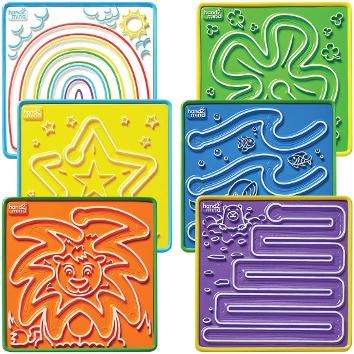
Amazon
hand2mind 6 Sided Mindful Maze Boards
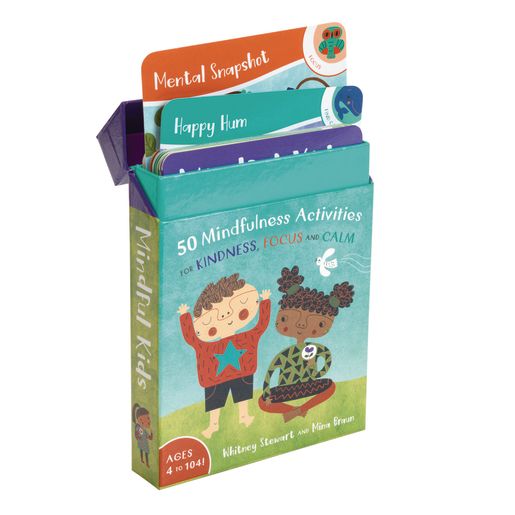
Amazon
50 Mindful Activity Cards
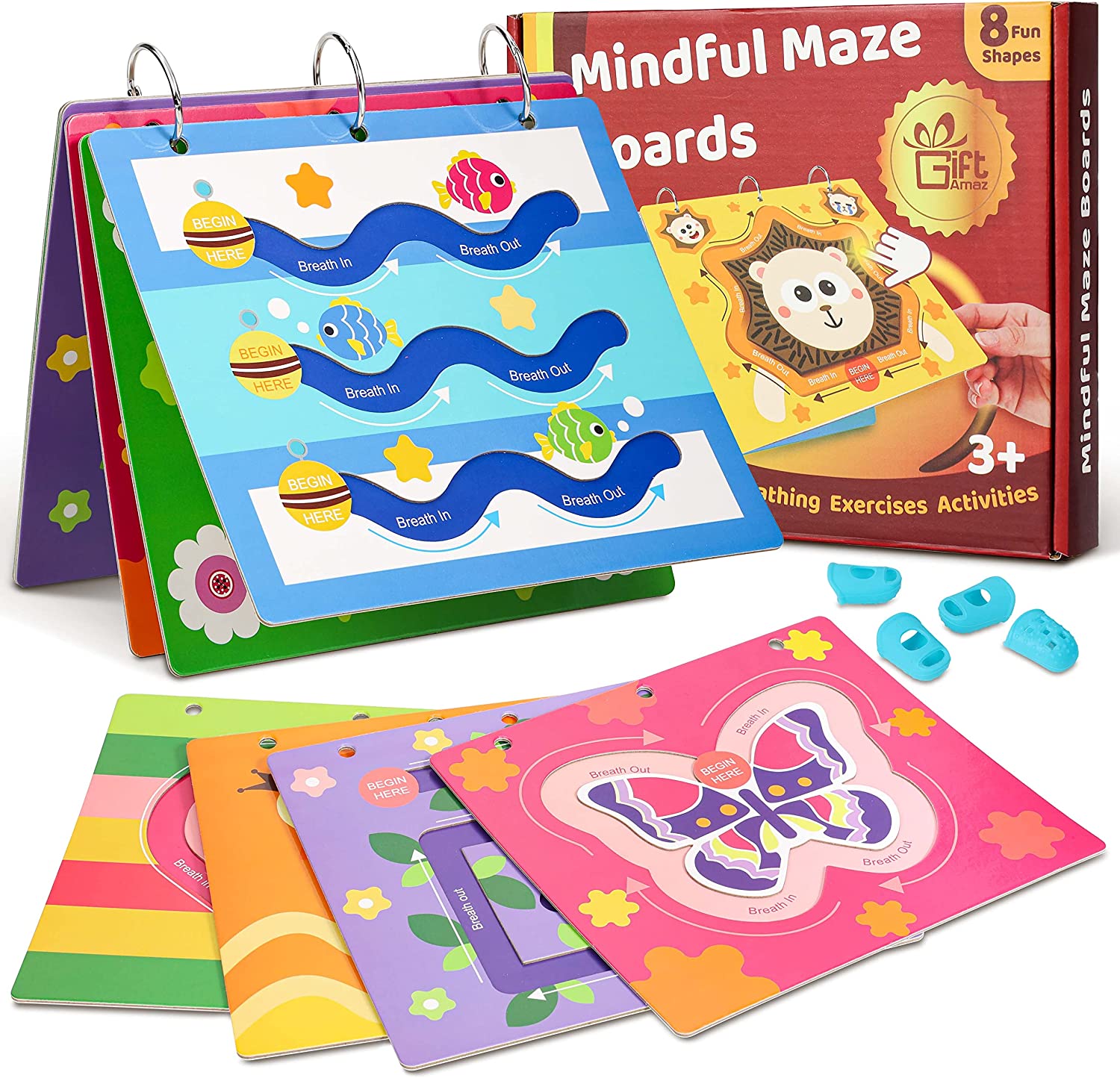
Amazon
Mindful maze Boards
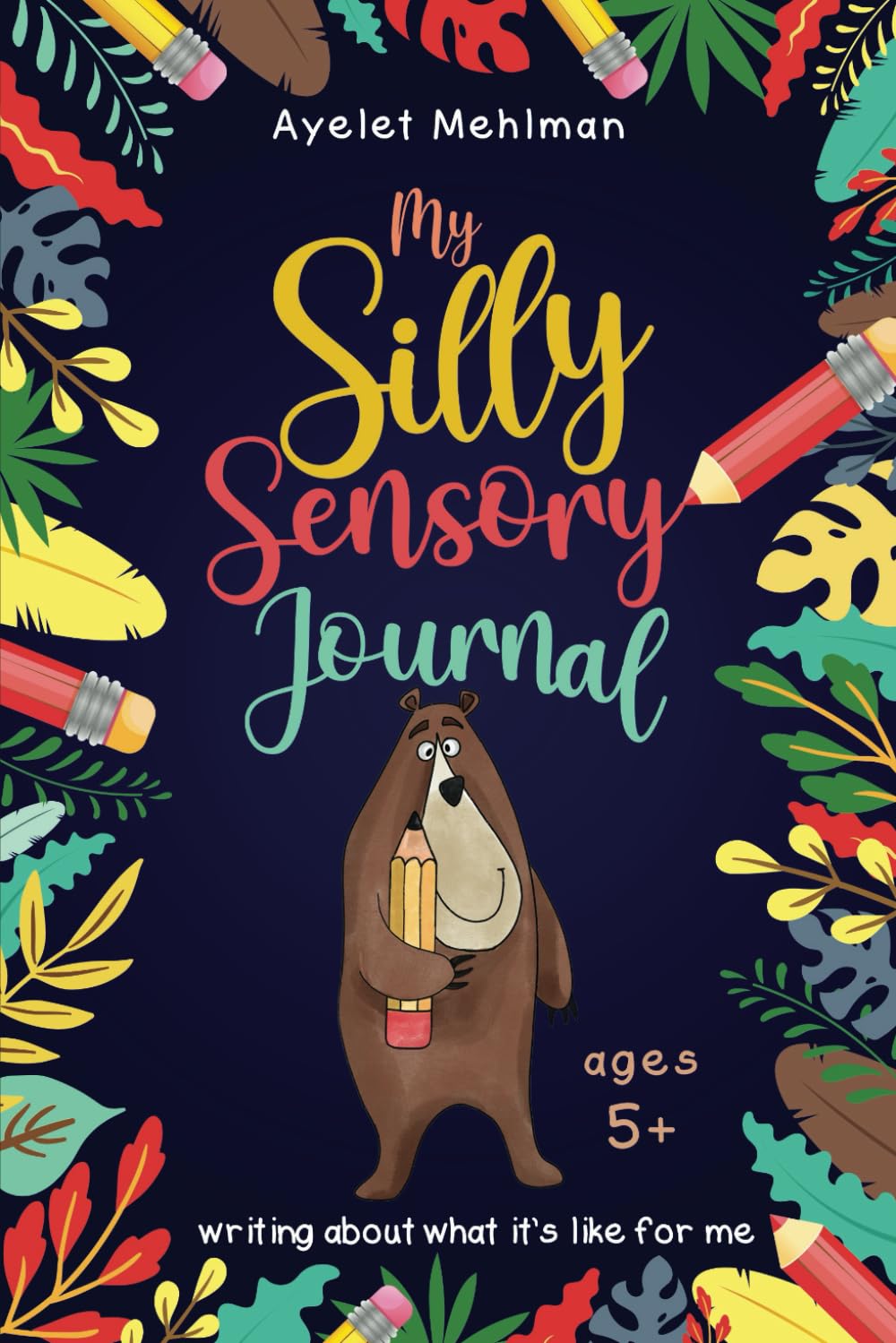
Amazon
Writing About What It's Like for Me
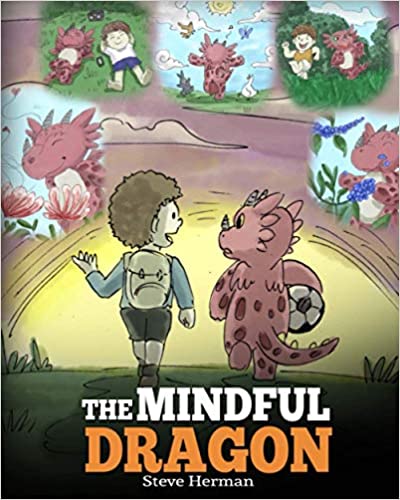
Amazon
The Mindful Dragon Book
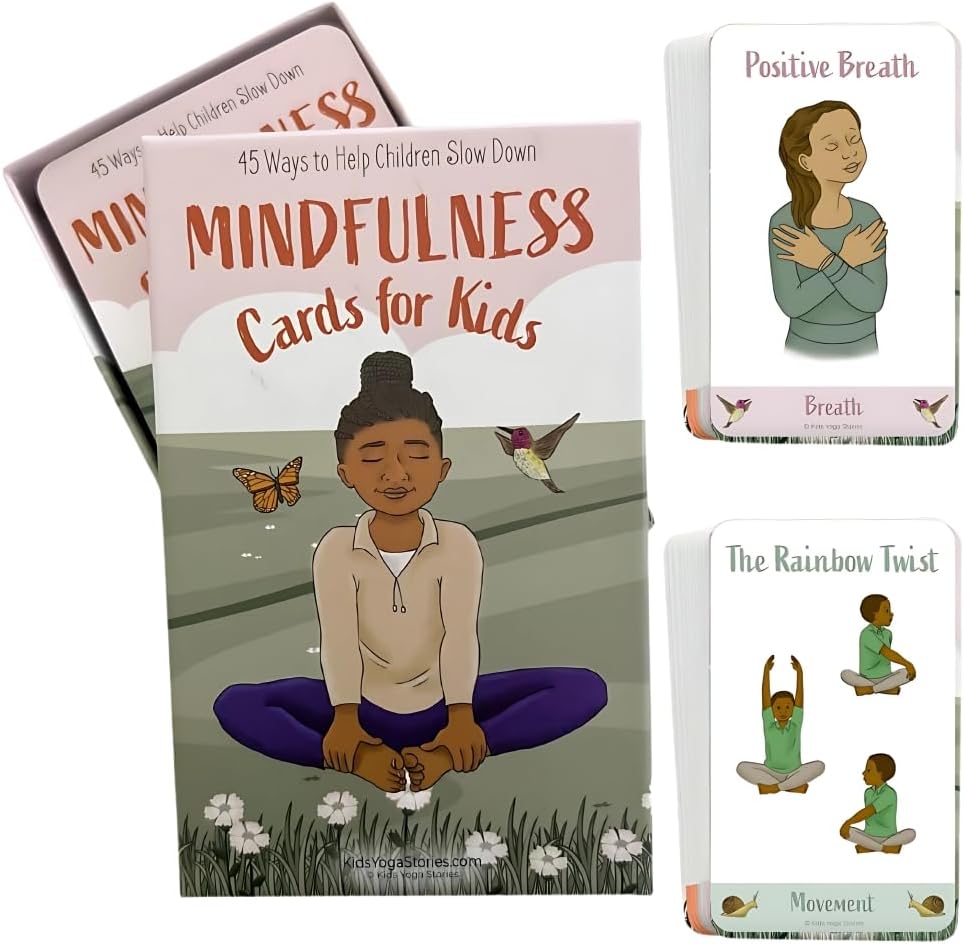
Amazon
Mindfulness Calm Meditation Cards for Kids
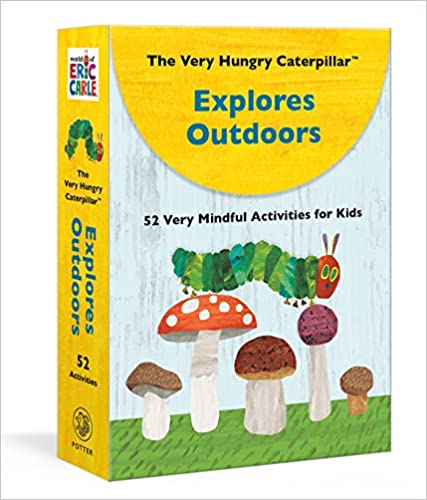
Amazon
The Hungry Caterpillar Explore Outdoors
